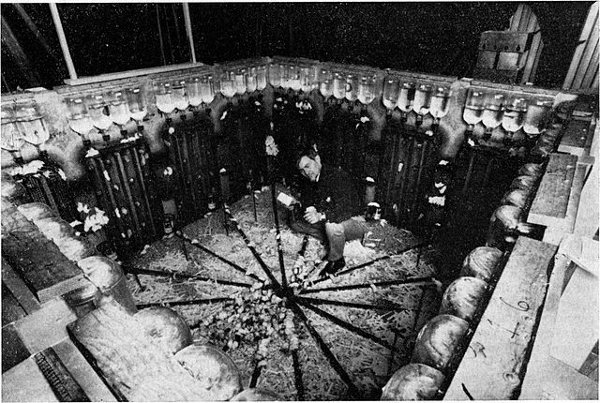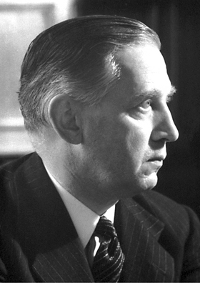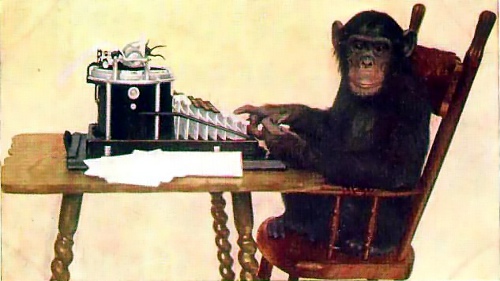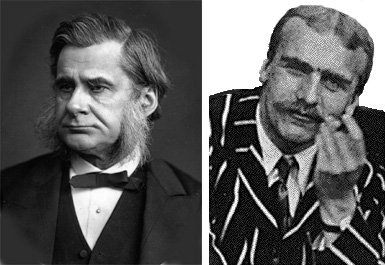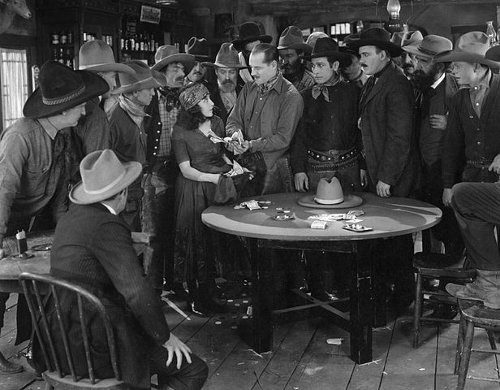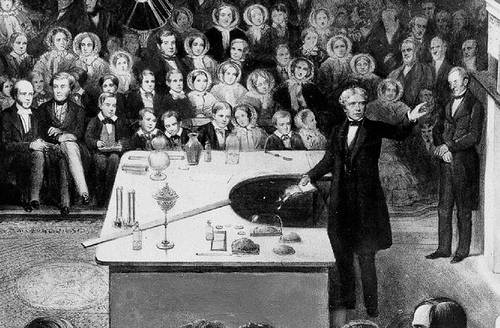
“While I am describing to you how Nature works, you won’t understand why Nature works that way. But you see, nobody understands that.” — Richard Feynman
“I am no poet, but if you think for yourselves, as I proceed, the facts will form a poem in your minds.” — Michael Faraday
“Now, this case is not very interesting,” said Bell Labs mathematician Peter Winkler during a lecture at Rutgers. “But the reason why it’s not interesting is really interesting, so let me tell you about it.”
Ernest Rutherford addressed the Royal Institution in 1904:
I came into the room, which was half dark, and presently spotted Lord Kelvin in the audience and realised that I was in for trouble at the last part of the speech dealing with the age of the Earth, where my views conflicted with his. To my relief Kelvin fell fast asleep, but as I came to the important point, I saw the old bird sit up, open an eye, and cock a baleful glance at me. Then a sudden inspiration came and I said Lord Kelvin had limited the age of the Earth, provided no new source was discovered. That prophetic utterance referred to what we are now considering tonight, radium! Behold! the old boy beamed upon me.
When Antonie van Leeuwenhoek declined to teach his new methods in microbiology, Leibniz worried that they might be lost. Leeuwenhoek replied, “The professors and students of the University of Leyden were long ago dazzled by my discoveries. They hired three lens grinders to come to teach the students, but what came of it? Nothing, so far as I can judge, for almost all of the courses they teach there are for the purpose of getting money through knowledge or for gaining the respect of the world by showing people how learned you are, and these things have nothing to do with discovering the things that are buried from our eyes.”

